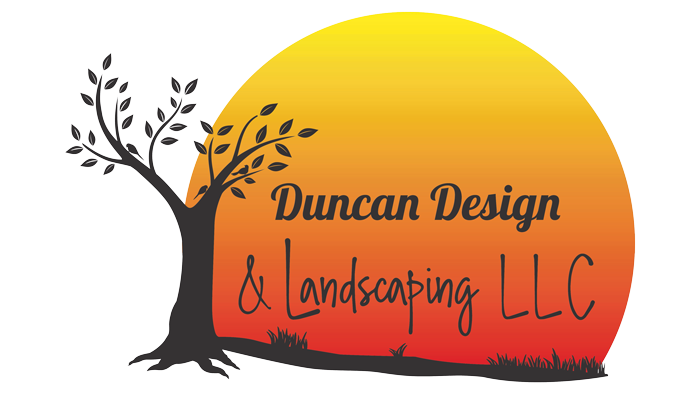(540) 566-6400 | Roanoke, VA | 24/7 Services
Blog
Blog

18 Aug, 2023
Preserving Your Safety and Environment with Tree Removal Trees are a magnificent part of our natural world, providing beauty, shade, and oxygen. However, there are times when tree removal becomes necessary due to safety concerns, property damage, or other considerations. Tree removal is a complex task that requires expertise, precision, and a deep understanding of arboriculture. In this blog, we'll delve into the importance of professional tree removal services, the reasons for tree removal, the process involved, and the benefits it brings to safety, property, and the environment. The Importance of Professional Tree Removal Services Tree removal is not a task to be taken lightly. It involves various risks, including the potential for personal injury and property damage. Hiring professional tree removal services is crucial for several reasons: Safety: Professional tree removal experts are trained to assess potential hazards and take necessary precautions. They have the skills and equipment to safely remove trees without endangering people, structures, or nearby vegetation. Expertise: Arborists and tree removal specialists have a deep understanding of tree biology, growth patterns, and potential weaknesses. They can identify signs of disease, decay, or instability that might not be apparent to the untrained eye. Precision: Removing a tree requires careful planning and precise execution. Professionals know how to control the tree's fall, ensuring it lands in the intended location without causing damage. Equipment: Tree removal often involves heavy machinery, ropes, and specialized tools. Professional services have access to the right equipment to efficiently and safely remove trees of all sizes. Legal Regulations: Some areas have regulations regarding tree removal, especially for protected or endangered species. Professional services are well-versed in local laws and regulations and can ensure compliance. Reasons for Tree Removal There are various situations in which tree removal becomes necessary: Disease or Infestation: Trees affected by diseases or infestations can pose a risk to nearby vegetation. Removing an infected tree can prevent the spread of the problem. Structural Instability: Trees with compromised structural integrity, such as leaning heavily or having large hollows, are more likely to fall during storms. Removal is necessary to prevent property damage or injury. Crowding and Space Constraints: Trees that grow too close to structures or other trees can cause crowding and inhibit healthy growth. Removing trees in such cases can promote better growth for remaining vegetation. Dead or Dying Trees: Dead or dying trees can shed branches or topple unexpectedly. Removing them is essential to prevent potential hazards. Property Development: When planning new construction or landscaping, tree removal may be necessary to create space and ensure the proper placement of new features. The Tree Removal Process Professional tree removal involves a systematic process: Assessment: A certified arborist assesses the tree's health, structural stability, and surrounding environment to determine if removal is necessary. Planning: Based on the assessment, a removal plan is developed. Factors such as the tree's height, location, and potential obstacles are considered. Safety Measures: Safety precautions are implemented, including the use of ropes, harnesses, and specialized equipment. Climbing or Aerial Lift: Depending on the tree's location and size, a climber may ascend the tree to remove branches and limbs, or an aerial lift might be used. Controlled Felling: If space allows, the tree is felled in a controlled manner, ensuring it falls away from structures and obstacles. Limbing and Bucking: After felling, the tree is cut into manageable sections. Limbs are removed, and the trunk is cut into logs. Cleanup: Debris is cleared from the site, leaving it clean and safe. Benefits of Tree Removal Services Safety: Removing hazardous trees prevents accidents, injuries, and damage during storms or high winds. Property Protection: Trees growing too close to structures can cause damage to roofs, foundations, and siding. Removing them safeguards your property. Enhanced Aesthetics: Removing dead or overgrown trees can improve the overall aesthetics of your landscape, allowing healthier vegetation to thrive. Healthier Environment: Removing diseased or infested trees prevents the spread of pathogens to nearby trees and plants. Sunlight and Airflow: Removing overcrowded or large trees allows sunlight and airflow to reach your yard and garden, promoting healthier growth. Preventive Measures: Proactively removing potentially hazardous trees prevents future emergencies and costly repairs. Property Development: Tree removal is often necessary for new construction, renovations, or landscaping projects. Environmental Considerations While tree removal is necessary at times, it's essential to consider environmental impacts. Whenever possible, consult with an arborist or tree care specialist who can assess the situation and recommend alternatives. If tree removal is necessary, professionals can do so in a way that minimizes damage to the surrounding environment. In conclusion, professional tree removal services play a vital role in maintaining safety, preserving property, and promoting a healthier environment. Whether it's due to disease, instability, crowding, or property development, tree removal requires the expertise and skills of certified arborists and specialists. By entrusting tree removal to professionals, you're making a responsible choice that ensures the safety of your surroundings and contributes to the overall well-being of your landscape.
